Once upon a time, if you looked under my kitchen sink you would see a mass of plastic shopping bags. Each time I returned from the grocery store, I stuffed a dozen or so bags under the sink. Over time, they accumulated into a squishy brick that filled the entire space. When there was no more room to stuff, I cleaned it out, always astonished by the number of bags.
I didn’t throw them away. I was a conscientious recycler. In the entrance to the local Walmart sat a cardboard bin the size of a tipped-over refrigerator box. A sign read “Grocery Bag Recycling.” I never investigated it. I just wrestled the bear hug of bags into the bin and resumed accumulating more of them under my sink. Oblivious. Those bags probably weren’t recycled. Likely they ended up in the ocean, and that’s just the beginning of the bad news.
Let’s start with the good news.
According to the EPA and the Dumpsters.com blog, in 2018 the United States produced 292.4 million tons of waste. Of that, Americans recycled or composted 93.9 million tons for a nationwide recycling rate of 32.1%. When you strip out the composting, here's how the 69.1 million tons of recycled materials breaks down by material type:
Paper & Paperboard: 45,970,000 tons (66.5%)
Metals: 8,720,000 tons (12.6%)
Wood: 3,100,000 tons (4.5%)
Plastics: 3,090,000 tons (4.5%)
Glass: 3,060,000 tons (4.4%)
Textiles: 2,510,000 tons (3.6%)
Rubber & Leather: 1,670,000 tons (2.4%)
Other: 980,000 tons (1.4%)
(A note for clarity. These percentages are measuring the amount of materials that land in a recycling bin, not the total amount of waste produced. For example, in 2018, the United States produced 35.7 million tons of plastic. Of that, only 3.09 million tons or 4.5% found its way into a recycling bin. As we are about to see, the percentage reclaimed from that dismal figure is even more appallingly low.)
Not all recycling is a myth. Metal, glass and paper all have high reclamation rates. For example, in the U.S., aluminum and nickel have 51% reclamation rates, with iron and steel trailing right behind at 47%. (Statista, 2022) Meanwhile, glass can be infinitely recycled but the rates of reclamation vary depending on what part of the world you’re in. The U.S. recycles approximately 33% of its glass product compared to Europe’s 90%. “Recycling rate discrepancies between the US and other countries result mainly from differences in government policy and consumer education and habits,” reports Mitch Jacoby for Chemical & Engineering News in 2019. In other words, it’s possible to increase the rate of domestic glass recycling dramatically if we wish, and it’s all a net benefit. As the graph indicates, paper is by far the lead horse in the recycling race.
Now comes the mythical part – plastics are mostly not recyclable. This chart from Statista only tracks to 2015, but the visual is depressing.
To summarize, in 2015 we generated approximately 26 million tons of plastic waste. 5,350,000 million tons made it into the recycle bin and of that only 3,140,000 million tons was supposedly recycled.
It begs the question, why do we consume and throw away so much plastic? To answer, it’s useful to know (according to Grandview Research), “The plastics market demand in the U.S. was valued at $86.02 billion in 2021.” Plastic manufacturing is big business and there is a vested interest in maintaining the illusion of recycling in order to sustain that market.
According to Dharna Noor, reporting for the Boston Globe, “Of the 51 million tons of plastic waste US households generated in 2021, just 2.4 million tons — or 5 percent — was recycled . . . The findings provide yet more proof that plastic recycling is a “myth,” says the new analysis, published by the environmental nonprofit Greenpeace USA.”
Of the seven major categories of plastic, most recycling facilities will only accept two types.
“Even (the) two common plastics that have long been considered recyclable — PET #1, which is used to make most soda bottles, and HDPE #2, which is often used to make plastic jugs — are only reprocessed 20.9 percent and 10 percent of the time, respectively . . . For every other type of plastic, the reprocessing rate is even lower, at less than 5 percent,” the Globe article continues. “Even plastics of the same category can’t be recycled together — PET#1 bottles that are dyed green, for instance, can’t be processed with clear PET #1 bottles. Few facilities have the capacity to sort so many different materials.”
Most of the recycling public is unaware of this, and the inherent confusion is deliberately baked into the recycling cake. How so? Because most packaging is labeled with some version of the famous “chasing arrows” logo.
Most people are surprised to learn that there is a seven digit coding system indicating the type of plastic and whether it can be recycled.
As you can see, three of the categories in red are non recyclable. The two categories in yellow can be recycled in theory, but in reality are greatly limited. Only the two categories in green are truly recyclable, but even that capacity varies widely depending on what state you are in.
Recyclers have long called for the cadre of confusing symbols to be removed, but there has been deliberate resistance from the plastics industry. Why? Because it was the plastics industry that created the myth of recycling in the first place. The more the public embraces that myth, the more it will consume.
According to a Frontline documentary produced in 2020, it is estimated that in the entire history of recycling only about 10% of all plastics have actually been recycled. (As mentioned, the later Greenpeace study suggests it’s even worse at 6%.)
The creation of plastic certainly has made life more convenient. There’s no denying that. But it didn’t take long before the sheer volume of disposable products began to bury us in waste. Sensing rising public and political discontent, companies like Chevron, Dow Chemical, Exxon, Mobil, etc. created something called “The Council For Solid Waste Solutions.” It had a very eco-friendly logo.
Notice the language in the graphic – Alliance To End Plastic Waste. Not an end to plastic consumption.
Consumption, particularly of single use consumer plastics, needed to continue despite growing dissatisfaction with its repercussions. To appease the public and government officials, the industry hatched the concept of recycling. The ingenious part of this scheme was that the industry was willing to set up the system, but the public would have to pay for it. As we will see, there was no clear idea how or even if the recycling of plastics was even possible. That wasn’t the point. The goal was to implant the idea of recycling in order to improve the image of the industry.
The plastics industry quietly went state by state and lobbied to pass laws requiring the chasing arrows number system be put on their products. This created the false impression that if a piece of plastic had the chasing arrows symbol, regardless of the number, it could be recycled. With this false impression in place, a consumer’s moral responsibility was satisfied the moment they tossed something into the bin. Thus, they could continue to consume unabated.
This is the dirty secret of recycling. It hides in plain sight. If the public thinks recycling works, then they won’t worry about environmental impact. Internal documents from within the industry dating as far back as 1973 reveals there were deep doubts about efficacy. For example, “the techniques of cleaning and separating the mixed plastics has not been developed for large scale economic application.” Or “there are no effective market mechanisms for mixed plastic.” Perhaps, most candidly, “There is serious doubt that widespread plastic recycling can ever be made viable on an economic basis.”
Despite this, the industry spent years promoting and marketing plastics as a safe and convenient alternative to glass and metal products paired with the false suggestion that all that waste was being reclaimed. The reality, we know now, is very different.
Recycling depends wholly on an economic model. It has to be profitable or it won’t function. What domestic recyclers quickly discovered was that it was very difficult if not impossible to be profitable. How exactly then was the myth of recycling sustained for twenty years? How did the system function?
There is a one word answer – China.
During the decades that China experienced exponential manufacturing growth it bought all the used plastic it could get. Never mind which category of number, they took it all. This solved the problem for domestic recyclers. Instead of drowning in unprofitable plastic waste, recyclers could now sell everything to China.
There was one problem. No one ever verified if China was actually recycling all the materials that it bought. It turns out the answer is no. China was only recycling plastic that was easy to process. The rest piled up in landfills, darkened the skies from incinerators or went into the ocean.
And then, on July 18th in 2017, a two page document sent a shock wave through the recycling world. It was a Notification to the World Trade Organization Committee on Technical Barriers to Trade. Yeah, that is a mouthful. According to the documentary produced by Wendover Productions in 2021, this type of document is “thoroughly mundane.” Every few hours such a notification enters the WTO system. “Yet another country wants to make yet another change to its rule regarding the import or export of goods or services.” Except . . . in this particular document, China announced it would stop buying imported plastic waste. Just like that, domestic recyclers lost their most exclusive buyer.
Prior to that document, all the unsorted, low to neutral value plastics from all of our domestic recycling centers were bailed up and hauled by truck to ports such as Long Beach, California. There the bales were loaded into shipping containers and sent to Hong Kong and then crossed by land to Guangdong Province, literally the other side of the world.
For a time, shipping to China was extremely cheap due to our trade imbalance. Cargo ships arrived from China full of imported goods. Those same ships went back nearly empty, save for the bales of mixed plastic. At the same time, rural labor in China was also extremely cheap (unlike in the United States), so humans rather than machines were hired to sort through all that plastic in order to make razor thin recycling profits.
Then came that WTO memo in 2017 that effectively banned all plastic waste imports to China. By 2018, plastic imports dropped by 99.1%. What was China’s reasoning for this? The volume of all those unsorted bales was starting to wreck China’s environment, as well. As wage demands increased, thin profit margins vanished. Health issues related to sorting began to surface and the amount of illegal dumping of all that useless plastic escalated. In short, it began to cost China money to accept all that plastic from the West.
Waiting in the wings were poorer countries like Malaysia and Indonesia willing to fill the breach . . . temporarily. It turns out these poorer countries are behaving much like China. There’s just not enough profit in recycling most plastics, even for them, and it ends up in the incinerator or a landfill or the sea.
It’s time for us to stop taking the long road to pollute with plastics. It’s not a process issue. It’s an economic one. Either the cost of recycling has to fall or the profit from reused plastics has to rise. Neither of those market forces is currently in play. If we’re going to continue to consume single use plastics at an unabated level, we can no longer ship it abroad. We have to deal with it here.
What about all those plastic bags under my sink? Did they actually get recycled when I dropped them off at the Walmart bin? Maybe. There are plastic bag recycling plants both domestic and abroad.
Plastic bag recycling involves hand sorting to remove large contaminant waste, then further cleaning, melting down and finally chipping the bags into pellets. These pellets can then be reprocessed into new bags, or made into other products such as plastic lumber. However, the EPA estimates the recycling rate for plastic HDPE films (plastic bags, sacks, & wraps) is just 6.1%
What does such a low rate of recycling mean? It’s not good. In my research, I came across the website for a British Ferry company called Condor Ferries. Obviously, their livelihood depends on the health of the ocean.
More than 1 million plastic bags end up in the trash every minute.
The world uses over 500 billion plastic bags a year, 150 for each person on Earth
There are now 5.25 trillion macro and micro pieces of plastic in our ocean, weighing up to 269,000 tons.
Between 8 to 14 million tons of plastic enters our ocean every year.
Plastic has been found as far as 11km deep, contaminating the most remote places on Earth.
If recycling is truly a myth, the better short term answer is to stop using so much plastic. Period. This is not a call for radical alterations. There are lifestyle changes that are easy to effectuate. Spend twelve dollars and get a dozen reusable shopping bags. Keep them in your trunk. You won’t build that squishy plastic brick under your sink any more.
Try to minimize using plastic beverage bottles. Get a few insulated metal water bottles. It will feel strange at first, but give it a couple weeks and all of a sudden gripping a single use, plastic water bottle will feel alien in your hand.
If you’re like me and find water boring to drink, you can get a soda stream or similar device that carbonates anything you want. The CO2 canisters are metal and can be recycled.
The more you can swap out single use items for reusable items the better. Even food storage can be a landscape for change. There are cheap, reusable rubber pouches and stretchable lids that work efficiently instead of single use baggies and plastic wrap.
There’s still too much plastic under my sink. Mostly cleaning products. There’s more that I can do for sure. Maybe it won’t make a difference.
I have to wonder, if we all decided to do it . . . if all of the spaces beneath our sinks weren’t stuffed with plastic bags and if our recycle bins only had paper, metal and glass in them, then maybe it would stop the overwhelming flow of plastic.

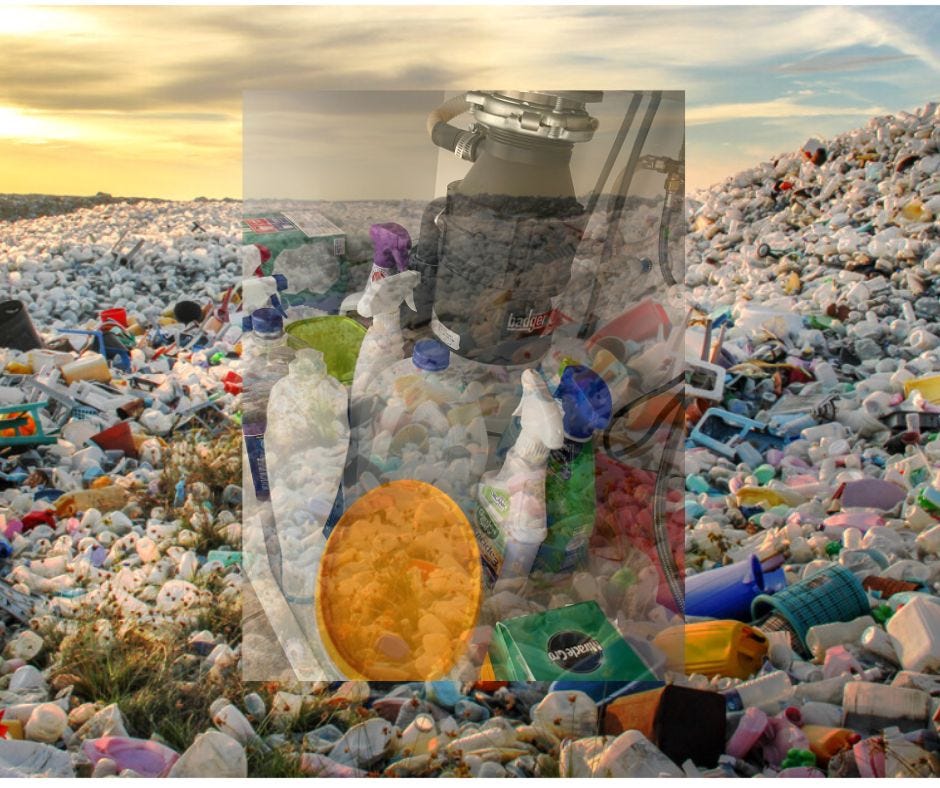

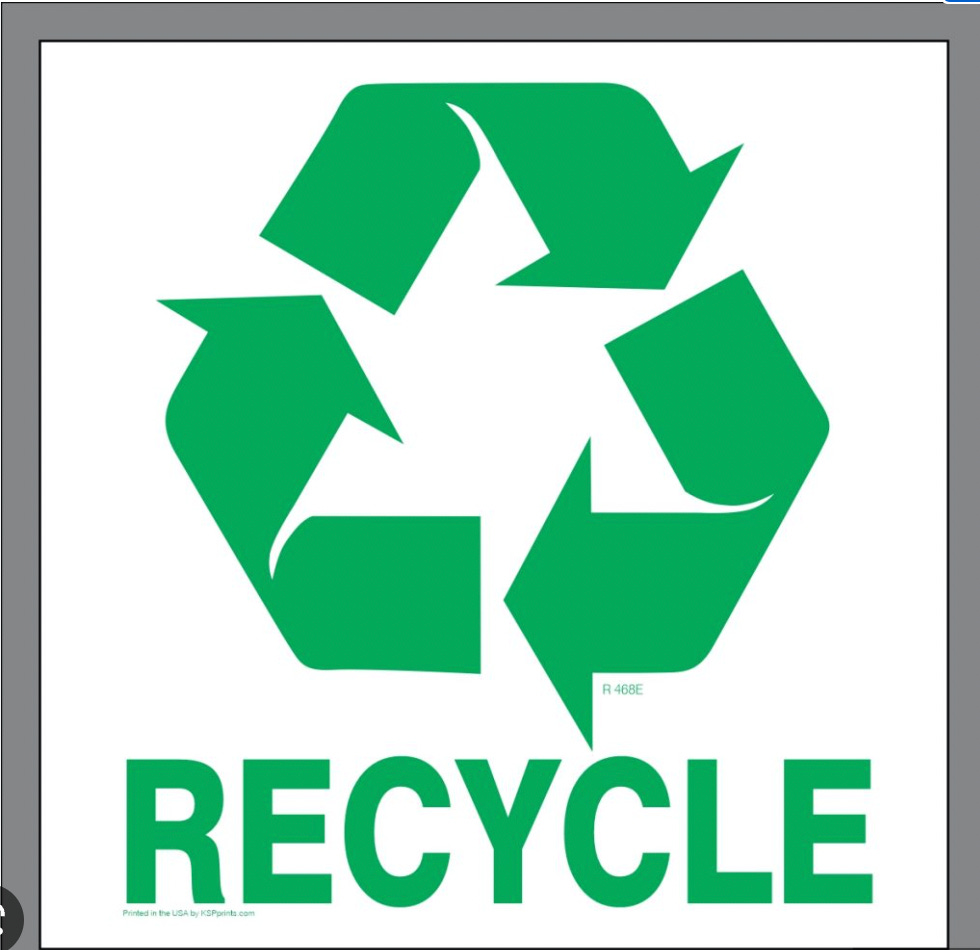
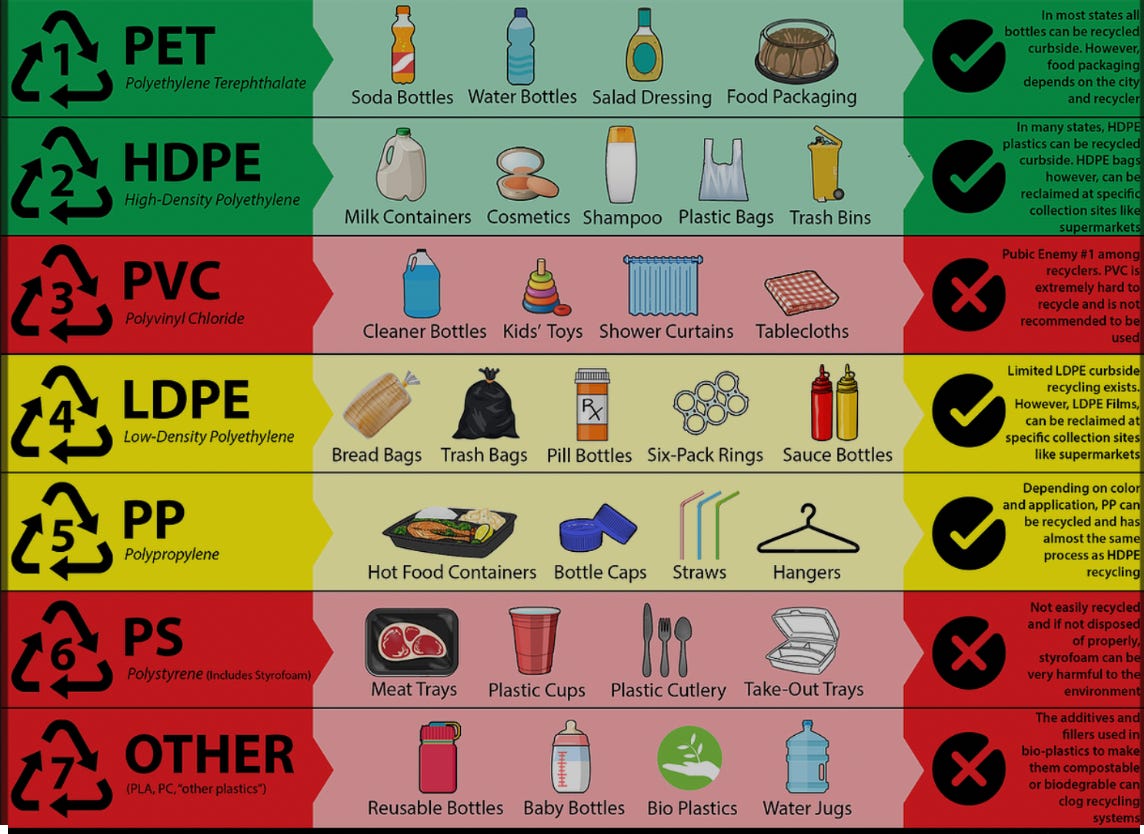
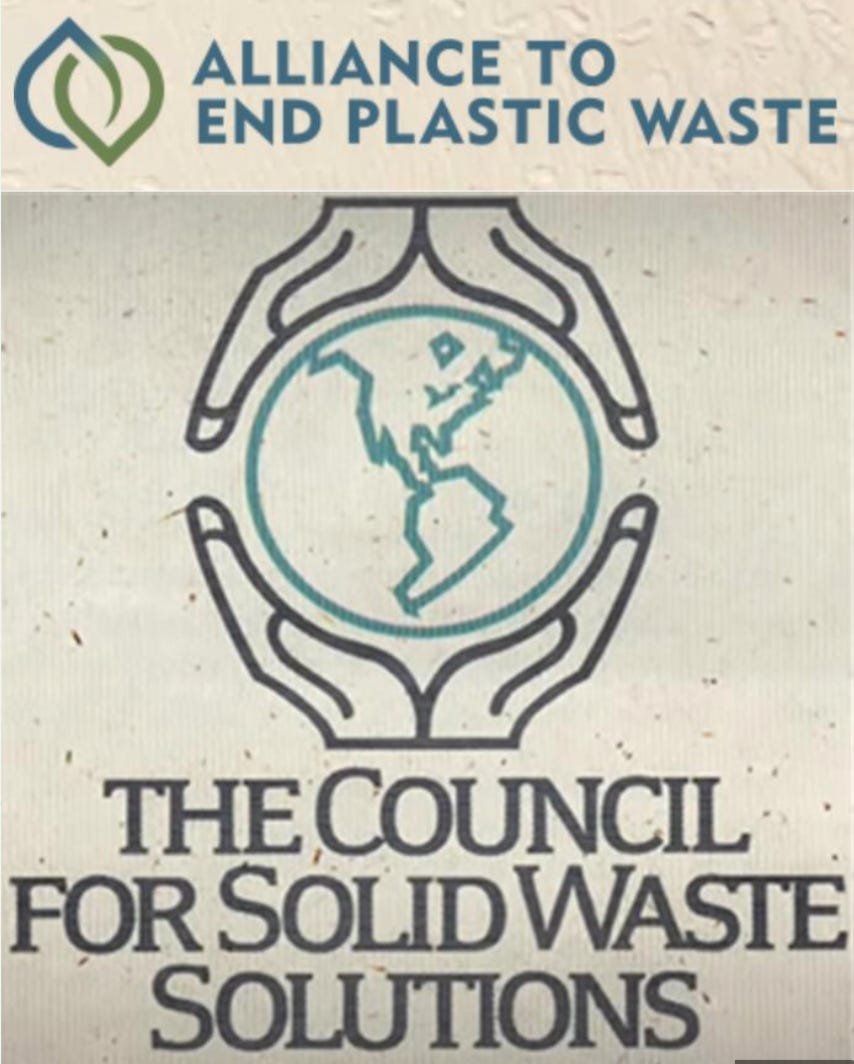
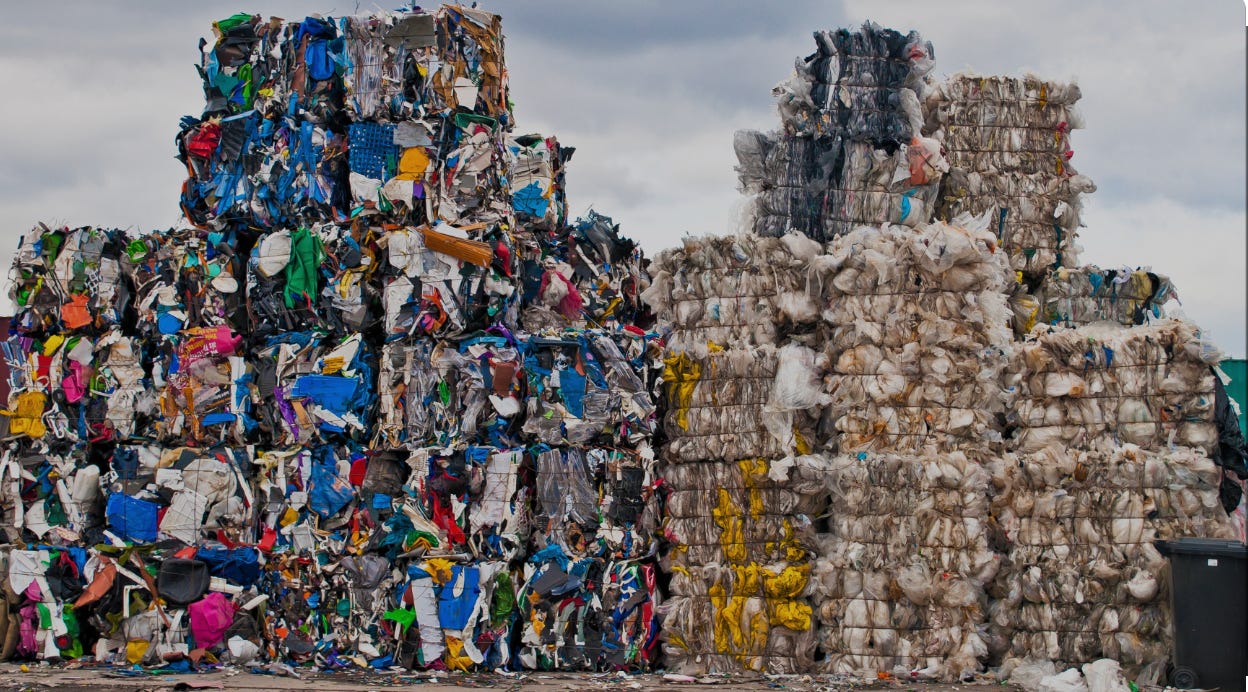
Well this was eye and mind opening.
Money makes people do bad things, which is the reason civilization has to keep passing laws to try and keep up with the swindlers. The saddest part is when the swindlers buy off the politicians, who are also morally compromised. And these people, for the most part, have kids!
I quit drinking out of plastic bottles about a year ago for health reasons. Glad to know it's good for the earth as well.
I'll start doing my part, but then again, I'm old school. I didn't mind the world before plastics...
This is a well researched and well written article, but then I wouldn’t expect anything less from a Keith Walker piece. In my opinion, the first port of call is one of honesty and integrity. When plastic manufacturers, recycling plants and governments tell the truth as to what is recyclable and what and how something is recycled then we as consumers can begin making informed choices. Electric vehicles are now, finally, coming under the same scrutiny as is the tech industry in terms of the amount of energy these servers and Bitcoin mines are using. It’s always been a game of smoke and mirrors and it doesn’t need to be that way.